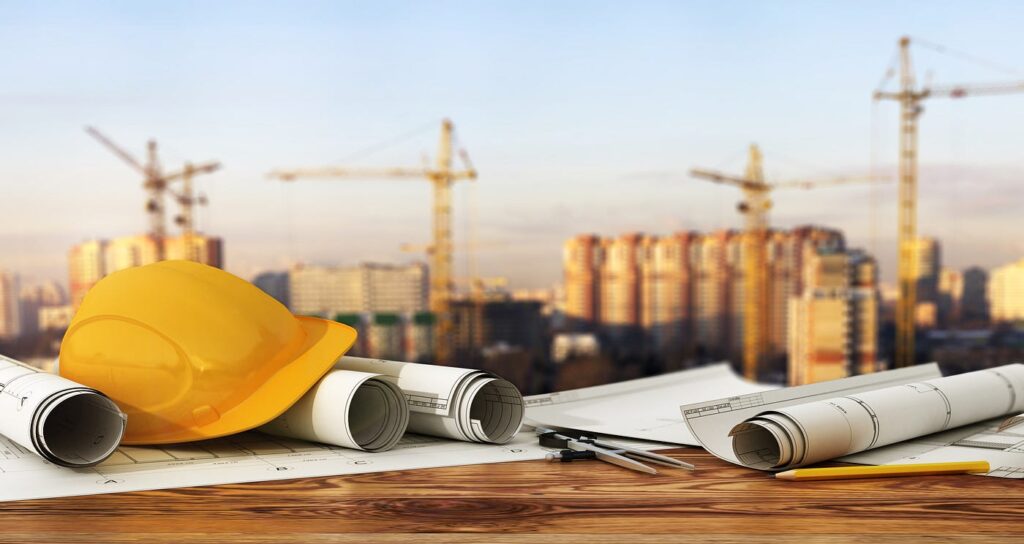Unveiling the Marvels of Construction Materials: A Journey through Evolution
3 min read
From ancient civilizations carving stones to modern skyscrapers reaching for the skies, the story of human architecture is intricately woven with the evolution of construction materials. Over millennia, humanity has witnessed a profound transformation in the substances used to build shelters, bridges, and monuments. This journey through time not only highlights innovation but also reflects the adaptability and ingenuity of human civilization.
Ancient Foundations:
The earliest human dwellings were crafted from materials readily available in their surroundings. Stone, clay, and wood were among the first substances to be shaped into shelters. In Mesopotamia, mud bricks were meticulously crafted and sun-dried to create structures that endured for centuries. Similarly, the Egyptians utilized limestone blocks to erect the awe-inspiring pyramids, showcasing the durability and strength of stone as a construction material.
The Rise of Innovation:
As civilizations flourished and trade routes expanded, so too did the variety of construction materials. The Greeks and Romans introduced the use of concrete, revolutionizing the way structures were built. This ingenious amalgamation of lime, volcanic ash, and aggregate provided versatility and strength, enabling the construction of vast aqueducts, amphitheatres, and temples that still stand today.
Medieval Marvels:
During the Middle Ages, advancements in metallurgy paved the way for the use of iron and steel in construction. The advent of Gothic architecture saw the rise of soaring cathedrals adorned with intricate iron frameworks, allowing for expansive stained glass windows and lofty ceilings. Meanwhile, the development of techniques such as timber framing facilitated the construction of timber-framed houses, a hallmark of European architecture.
Industrial Revolution:
The dawn of the Industrial Revolution heralded a new era of construction materials. With the invention of the steam engine and the proliferation of iron production, steel emerged as the backbone of modern construction. Its unparalleled strength and malleability enabled the construction of skyscrapers, bridges, and railways, transforming city skylines and connecting distant lands.
Modern Marvels and Beyond:
In the contemporary era, the quest for sustainable and innovative construction materials has gained prominence. Engineers and architects are exploring alternatives such as treated timber, which offers both strength and eco-friendliness. Through processes like pressure treatment, timber can be enhanced to resist decay and pests, making it a viable option for a variety of construction projects, from residential homes to commercial buildings.
Furthermore, advancements in composite materials, such as carbon fibre and reinforced polymers, are revolutionizing construction practices. These lightweight yet durable substances are being utilized in bridge construction, aerospace engineering, and even 3D printing of structures, pushing the boundaries of what is possible in the realm of architecture.
Which One is the Winner?
In the pursuit of determining the best construction material, the criteria must encompass a balance of factors including strength, durability, sustainability, and versatility. While materials like steel and concrete have long been heralded for their robustness and adaptability, emerging alternatives such as treated timber present compelling arguments. Treated timber offers a unique combination of strength, environmental friendliness, and aesthetic appeal. Its ability to sequester carbon, coupled with advancements in treatment processes ensuring longevity and resistance to decay, positions it as a frontrunner in the quest for sustainable construction materials.
Conclusion:
The evolution of construction materials mirrors the journey of human civilization itself—a testament to our innovation, resilience, and adaptability. From humble beginnings using stone and mud to the cutting-edge technologies of today, the story of construction materials is one of continual progress and discovery. As we look to the future, the quest for sustainable, resilient, and versatile materials will undoubtedly shape the landscapes of tomorrow, ensuring that the marvels of construction endure for generations to come.



